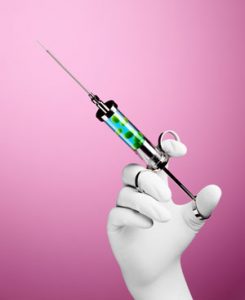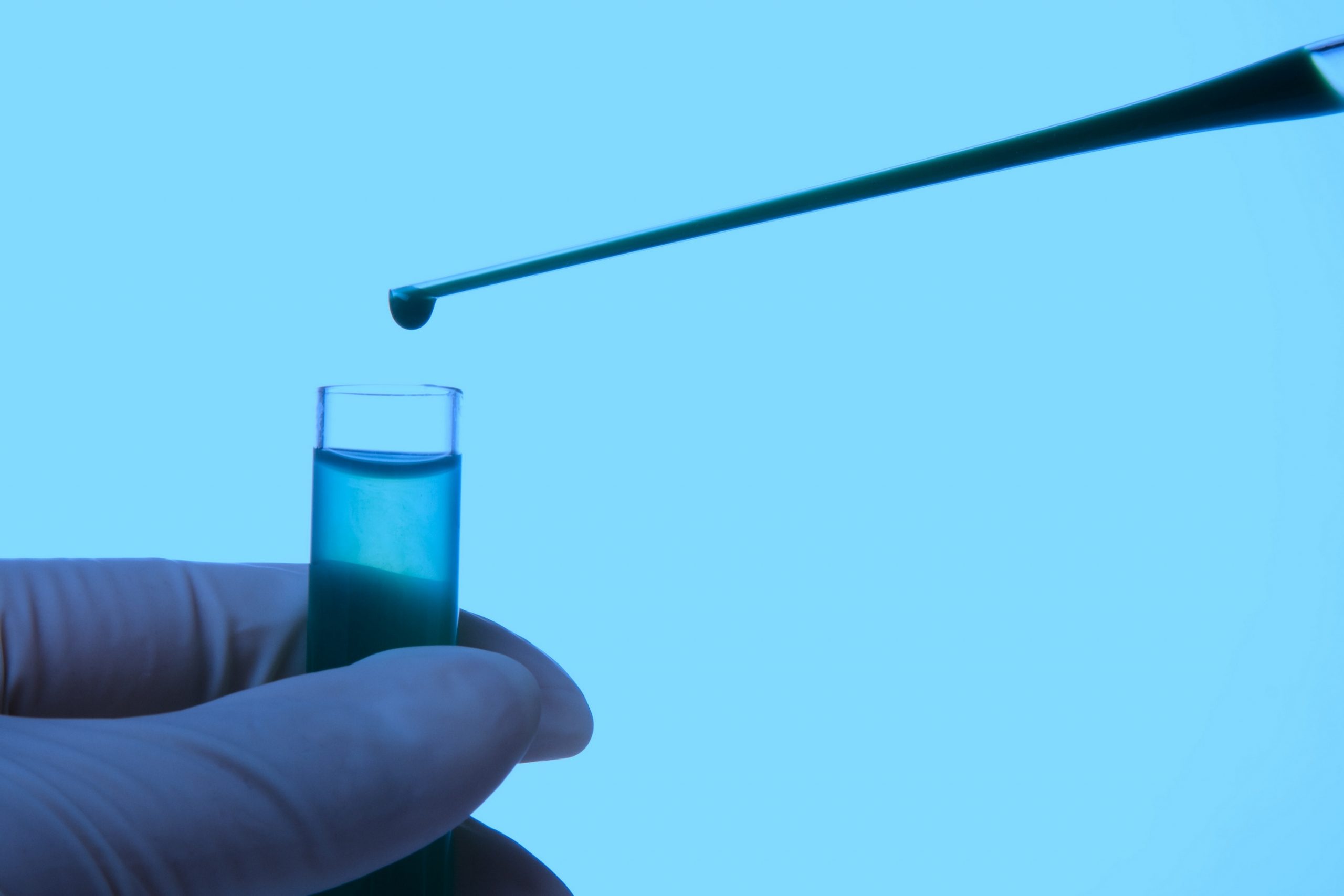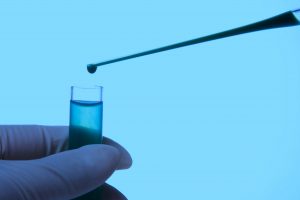 By: Matthew Fischer
By: Matthew Fischer
Jumping into the stem cell industry can be an exciting venture. However, with this emerging industry comes a mine field of legal pitfalls and potential problems. The keys to a successful business not only include selecting a strong product and building strong relationships with clients but being able to navigate the regulatory framework that accompanies this type of product.
FDA regulations require establishments that perform one or more steps in the manufacturing process of HCT/Ps (i.e. Human Cells, Tissues, and Cellular and Tissue-Based Products) to register and submit a list of products with the agency. If so, you have five days to register after beginning operations. When I mention “manufacturing” to clients they usually interject with “I only want to distribute.” Good point. However, the FDA defines “manufacture” as any or all steps in the recovery, processing, storage, labeling, packaging, or distribution of any human cell or tissue. These registrations must be updated annually and in the event of a change of ownership, within 30 days of the change. Continue reading




 By:
By:  By:
By: 